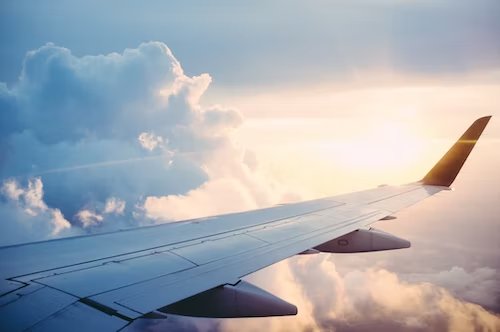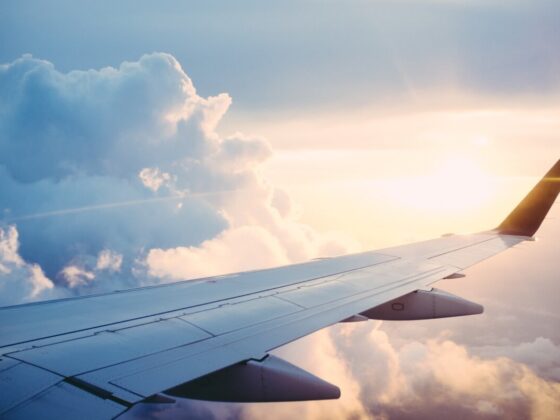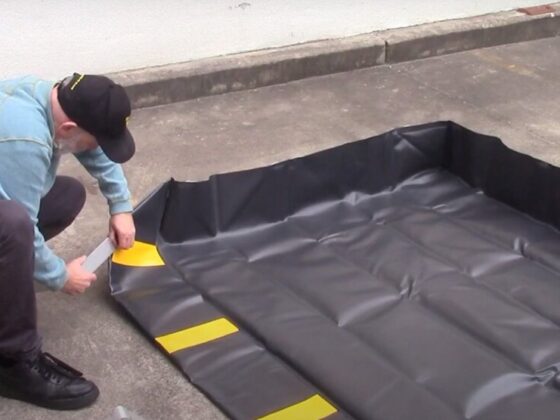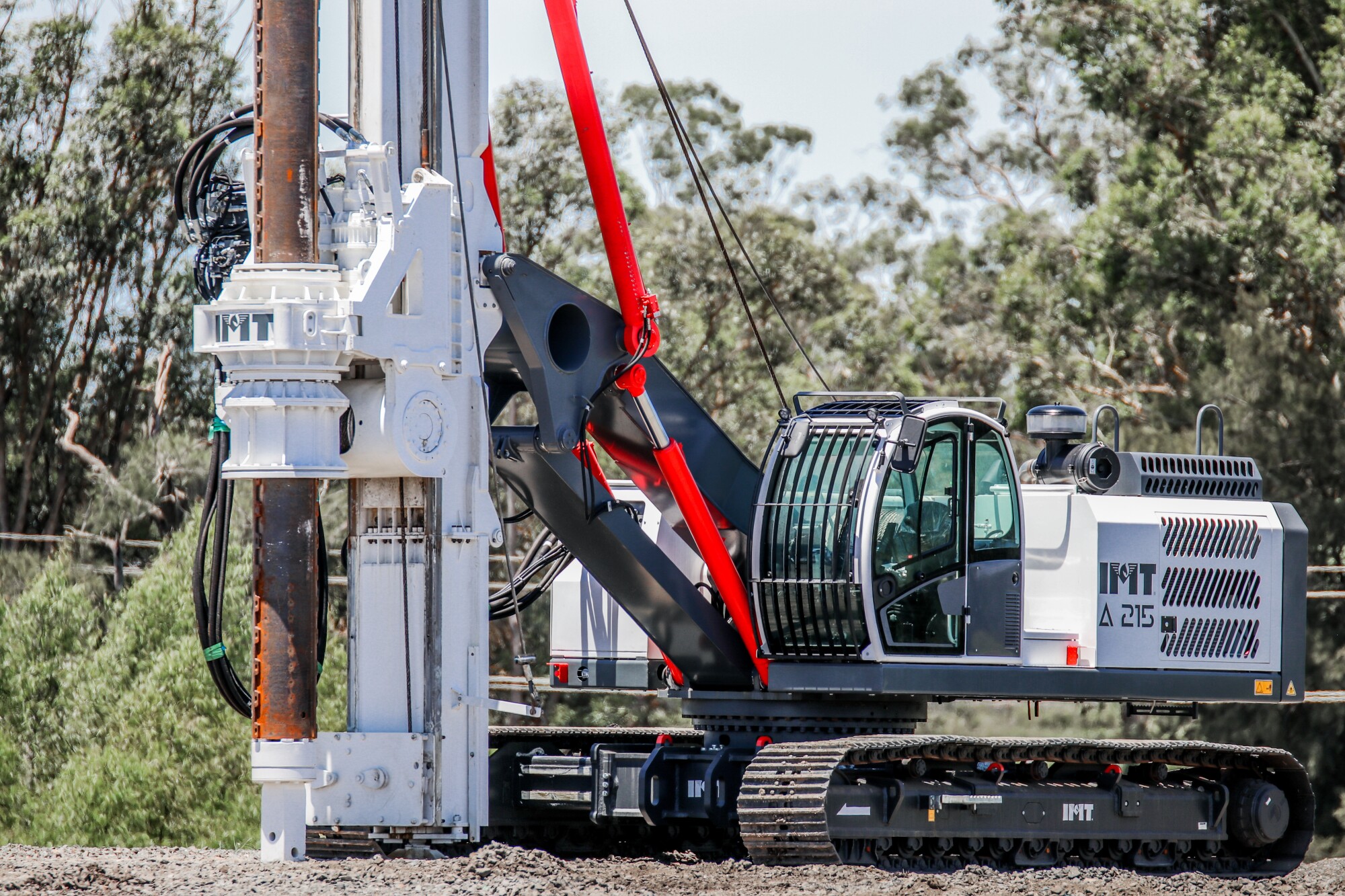Commercial airplanes are amazing feats of engineering. They can transport hundreds of people across the world at high speeds and in relative comfort. But how do they work? What are some of the lesser-known facts about these incredible machines? So, let’s find out.
1. The shape of the fuselage affects the aircraft’s overall performance
The fuselage is the main body of an airplane. It houses the passengers, cargo, and crew. It also holds the wings and tail section in place. The shape of the fuselage affects how well an aircraft flies, as well as its overall performance. For example, a long, thin fuselage has less drag than a shorter one with a larger cross-section. This helps to reduce fuel consumption and improve speed. Different parts in airplanes are designed to be as aerodynamic as possible, for maximum efficiency. It is an essential factor in the design of any aircraft. Different types of airplanes have different fuselages depending on their design and purpose. Smaller propeller aircraft typically have a round or oval cross-section for maximum efficiency when flying at lower speeds and altitudes. Larger airliners usually have more streamlined shapes that are designed to reduce drag at higher speeds and altitudes.
2. Pilots have to be aware of air traffic control frequencies
Most airplanes are equipped with radios that they use to communicate with air traffic control (ATC) towers. Pilots must be aware of the different frequencies that ATC uses to coordinate aircraft in their area. Different frequencies are used at different altitudes to ensure planes don’t bump into each other and cause an accident. ATC also helps pilots navigate their way around storms, turbulence, and other hazards in the air. Pilots need to be aware of the frequencies they need to use so that they can communicate with ATC quickly and accurately.
3. Airplanes have multiple engines
Most airplanes use more than one engine to power them. This is especially true for commercial airliners, typically using two or four engines to provide enough power for long-distance flights over large bodies of water or high mountains. Some smaller propeller aircraft may only have a single engine, but it’s still important for pilots to be aware of how the engines work and what to do in case one engine fails.
4. Aircraft have sophisticated navigation systems
Modern aircraft are equipped with robust navigation systems that use GPS and other technologies to plot their course from one destination to another. They can also receive information on wind speeds, turbulence, and weather conditions from satellites. This helps pilots plan their routes more accurately and keep a safe distance from other aircraft or dangerous weather patterns. It’s an essential safety tool for all pilots. Also, most modern aircraft are now equipped with an Automatic Dependent Surveillance-Broadcast (ADS-B) system, which provides real-time data about the aircraft’s location, altitude, and speed.
5. Airplanes rely heavily on computers for flight control
Most modern aircraft are controlled by sophisticated computer systems known as fly-by-wire systems. These computers track the craft’s position in three dimensions (latitude, longitude, altitude) and adjust its speed, direction, and attitude to ensure it is following the desired flight path. This system helps pilots control the aircraft more precisely and reduces the risk of human error during flight.
6. Airliners are designed for maximum efficiency
Modern airliners are designed with one goal in mind: efficiency. They use advanced materials that make them lightweight yet strong to reduce fuel consumption. The engines are also designed with efficiency in mind, using turbofan technology to maximize thrust while minimizing fuel burn. Additionally, airliners often have aerodynamic shapes that help them glide through the air faster and further than other aircraft types. All these features combine to give modern airliners an impressive range and top-end speeds for their size, making air travel more efficient and affordable than ever.
Is it hard to learn to be a pilot?
No, it is not hard to learn how to be a pilot. While there is a lot of training and skill required to become a professional pilot, it can be done with dedication and hard work. Pilots must first obtain their private pilot license before they are allowed to fly commercially or professionally. This involves passing written and flight tests as well as obtaining the necessary medical certificates. Once this is accomplished, then pilots will have to build up their experience by logging flight time in various aircraft types before they can apply for an airline transport pilot license, which requires more rigorous testing and evaluation. With proper instruction and practice, anyone can learn the skills needed to become a safe and competent pilot.
What safety measures are used in airplanes?
Modern airplanes are equipped with a variety of safety measures designed to minimize risk and reduce the chances of accidents occurring. For example, most commercial planes feature multiple engines for redundancy and backup systems for critical functions such as navigation and flight control. Additionally, real-time weather data and reporting systems can help pilots avoid dangerous areas or adverse conditions while flying. Finally, there are strict regulations governing flight crew rest hours, maintenance intervals, and other operational procedures designed to ensure the aircraft are in a safe condition before they depart. All these measures help make air travel one of the safest modes of transportation available today.
Can anyone fly an airplane?
No, unfortunately not everyone can fly an airplane. To do so, a person must have both the necessary certification and experience. To obtain the necessary certification, a pilot must first pass written and flight tests as well as obtain medical certificates. Once this is accomplished, they can then start building up their experience by logging flight time in various aircraft types before they can apply for higher-level certifications such as an airline transport pilot license. With the proper instruction and practice, anyone who meets the requirements can learn how to safely fly an airplane.
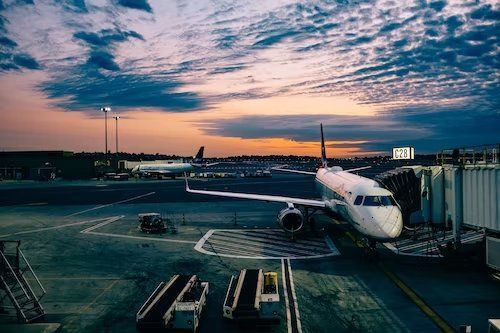
All of these facts are a testament to the incredible technology that modern airplanes possess, allowing them to fly farther, faster, and more efficiently than ever before. The advances in airplane design have made air travel safer, quicker, and more comfortable for passengers around the world. It’s easy to take these facts for granted, but it’s important to remember just how complex aviation technology is and how much effort goes into making air travel as safe as possible. By understanding all of these amazing facts about aircraft, we can appreciate just how incredible they truly are!




